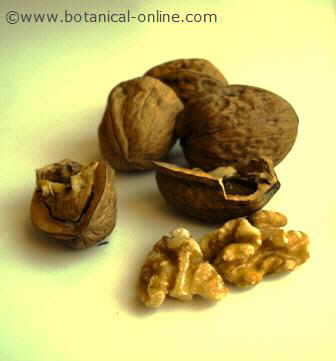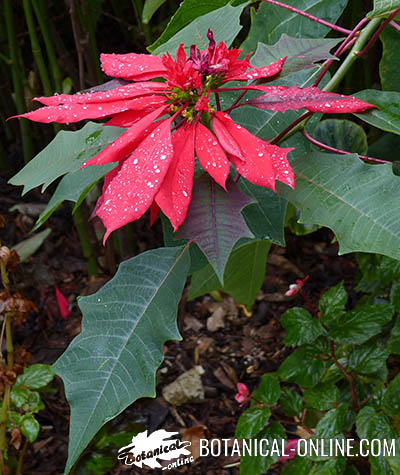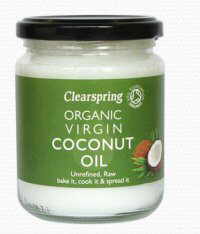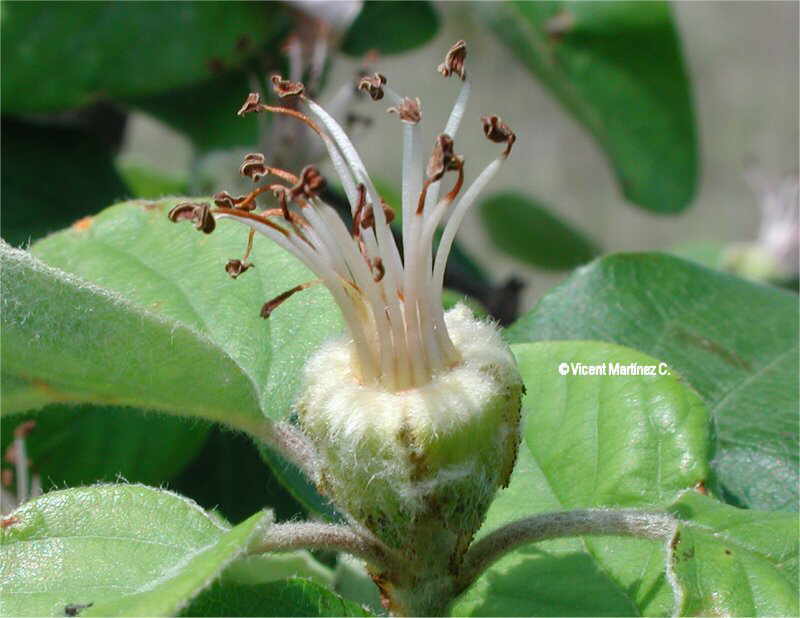Contents
Is it safe to take olive tree?
What is the olive tree and what is its use?
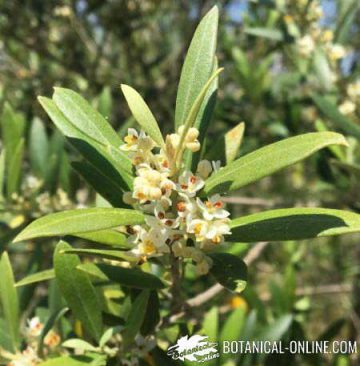
The olive tree (Olea europaea L.) is a Mediterranean tree that is used for food purposes, mainly for the consumption of olives and olive oil, and also has medicinal uses.
The main contraindications of the olive tree as a medicinal and edible plant (bark, leaves, olives, and olive oil) are explained below.
Uses of the olive tree as a medicinal plant
From a medicinal point of view, olive leaves are used in infusions or supplements for the following cases:
- Hypertension
- Heart health
- Poor circulation
- High cholesterol
- Occasionally, the tree bark is used medicinally, as an astringent.
What active components does the olive tree have?
Among the main active components of the plant we can mention:
- Leaves: oleuropein, tannins, bitter principle (olivamarine), squalene, oleanolic, maslinic and ursolic acids.
- Fruits: oil (mainly composed of oleic acid – an unsaturated fatty acid – and, in smaller quantities, linoleic and palmitic acids, as well as diolenins, solid fats), oleuropein, squalene, etc.
Is the olive tree toxic?
In all the phytotherapy and toxicity treatises consulted, no toxic effects were found on the consumption of olives, in preparations such as olive leaf supplements, olives, or olive oil.
No adverse reactions have been reported to olive leaf preparations or olive supplements at the recommended therapeutic doses. Therefore, this plant appears safe to use in most cases, unless there are contraindications.
Precautions with olive remedies
If you are taking medication, consult your doctor.
![]() More information on olive tree
More information on olive tree

